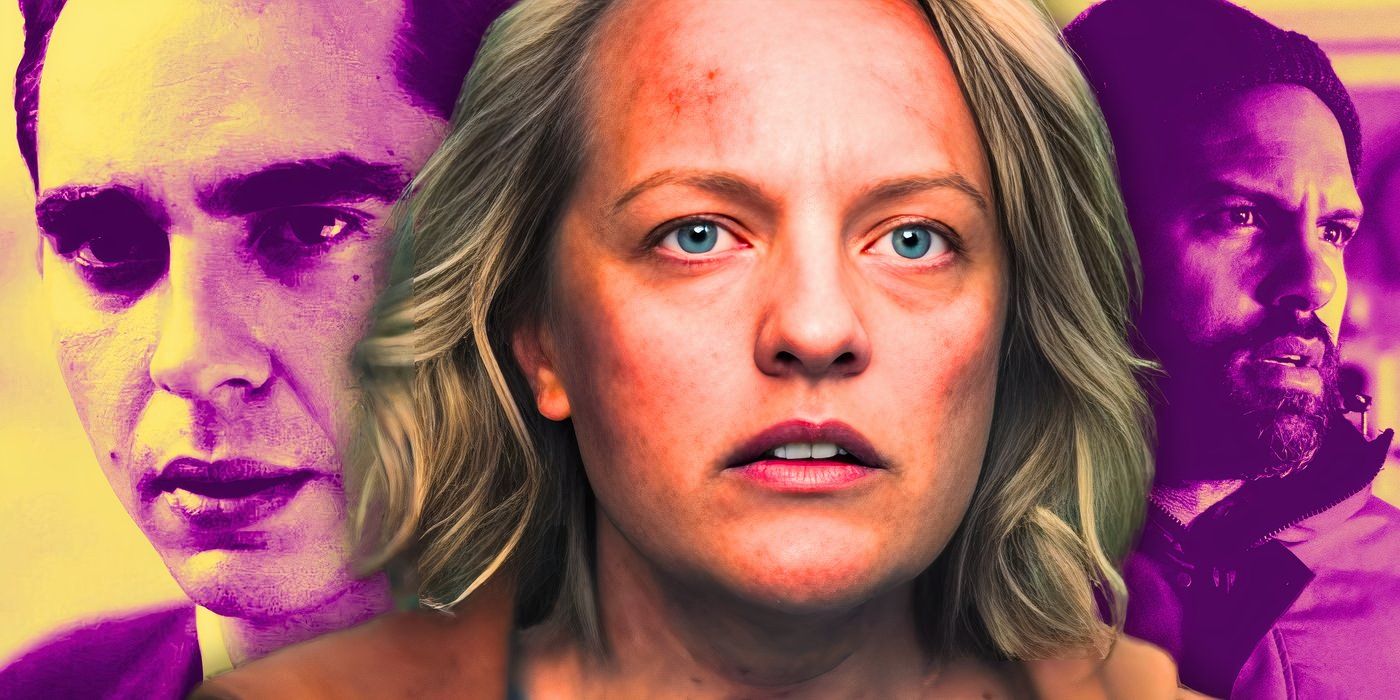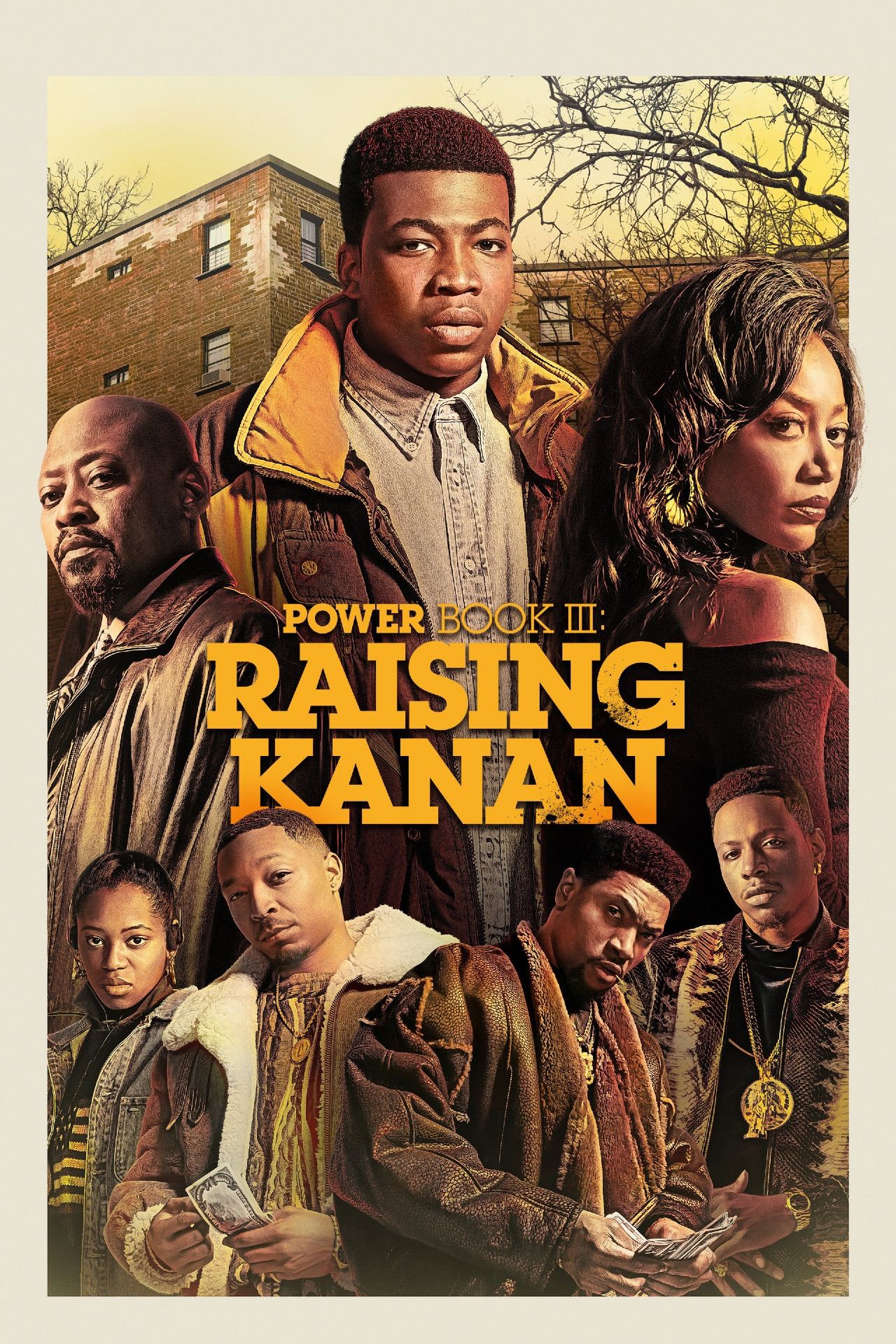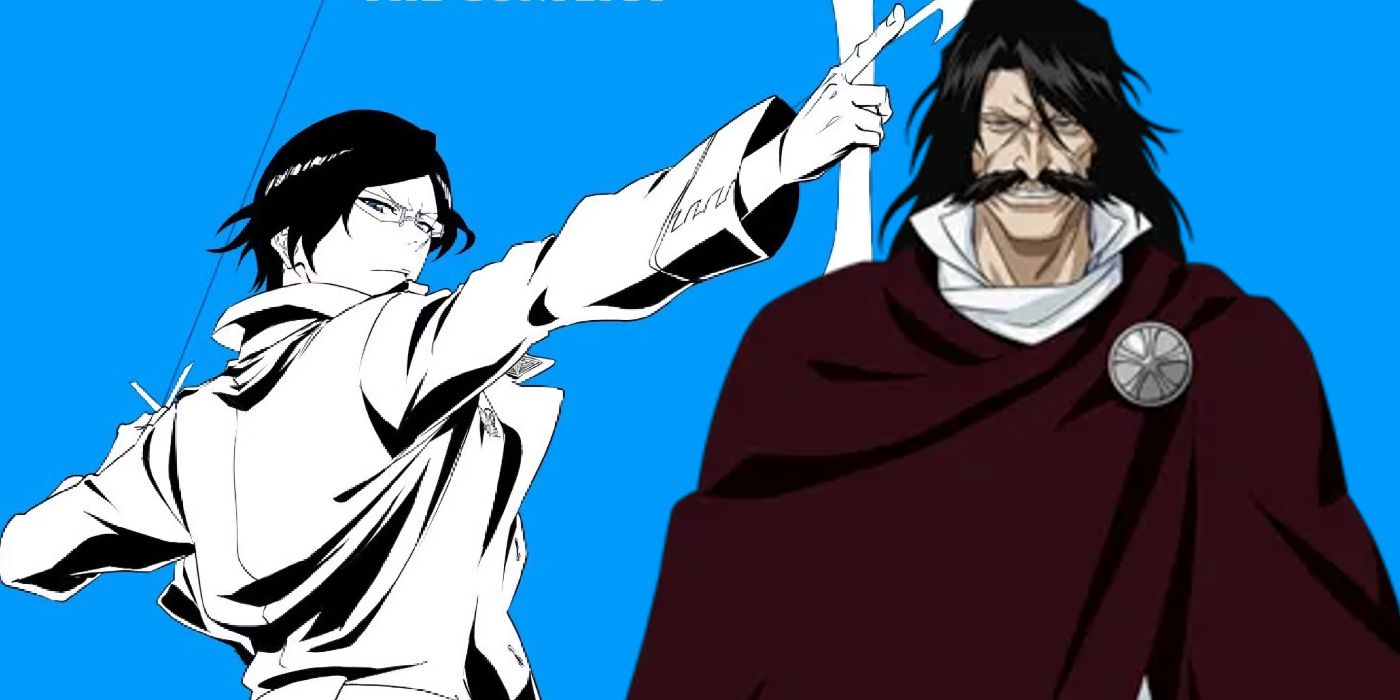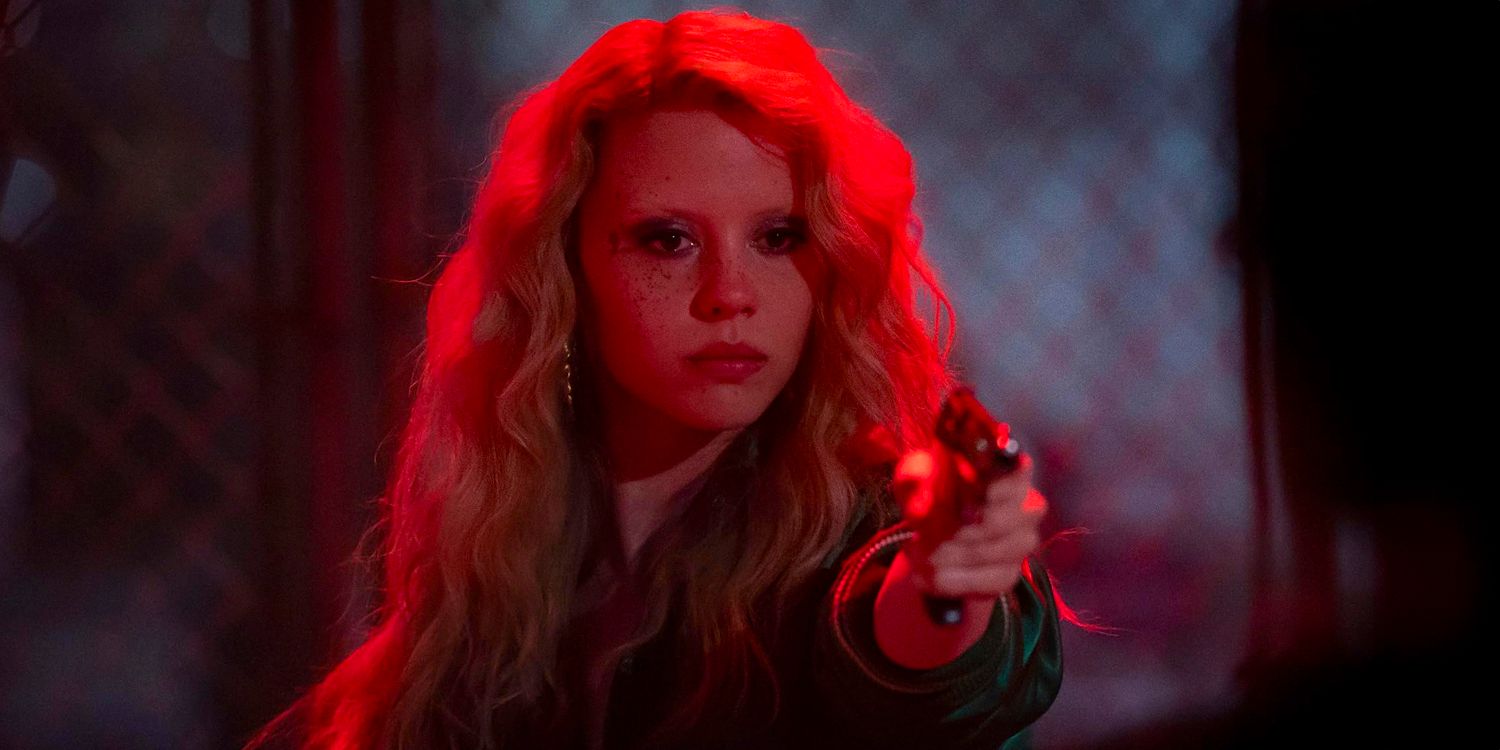Established director Wes Anderson has released four short films on Netflix based on short stories from the collection of Roald Dahl, with audiences anticipating which he’ll adapt next. Following his success with Fantastic Mr. Fox, Anderson has adapted four lesser-known Dahl stories for Netflix: The Wonderful Story of Henry Sugar, The Swan, The Ratcatcher, and Poison. Known for his work with stop-motion, these shorts are live-action with some animated elements included, combining the two mediums for an artistic aesthetic.
Netflix released the adaptations, with all four with run times under one hour, in September 2023. Anderson used a handful of actors for this project, all of whom appear in more than one short, including Benedict Cumberbatch, Ralph Fiennes, Dev Patel, and Richard Ayoade. This is not the first Roald Dahl story Anderson has taken inspiration from, and the 2009 Fantastic Mr. Fox awarded him with an Oscar nomination for Best Animated Feature. Although Anderson has not announced any plans for further adaptations, these films could help spark inspiration for further shorts and even feature-length revivals of these childhood classics.
10 James And The Giant Peach
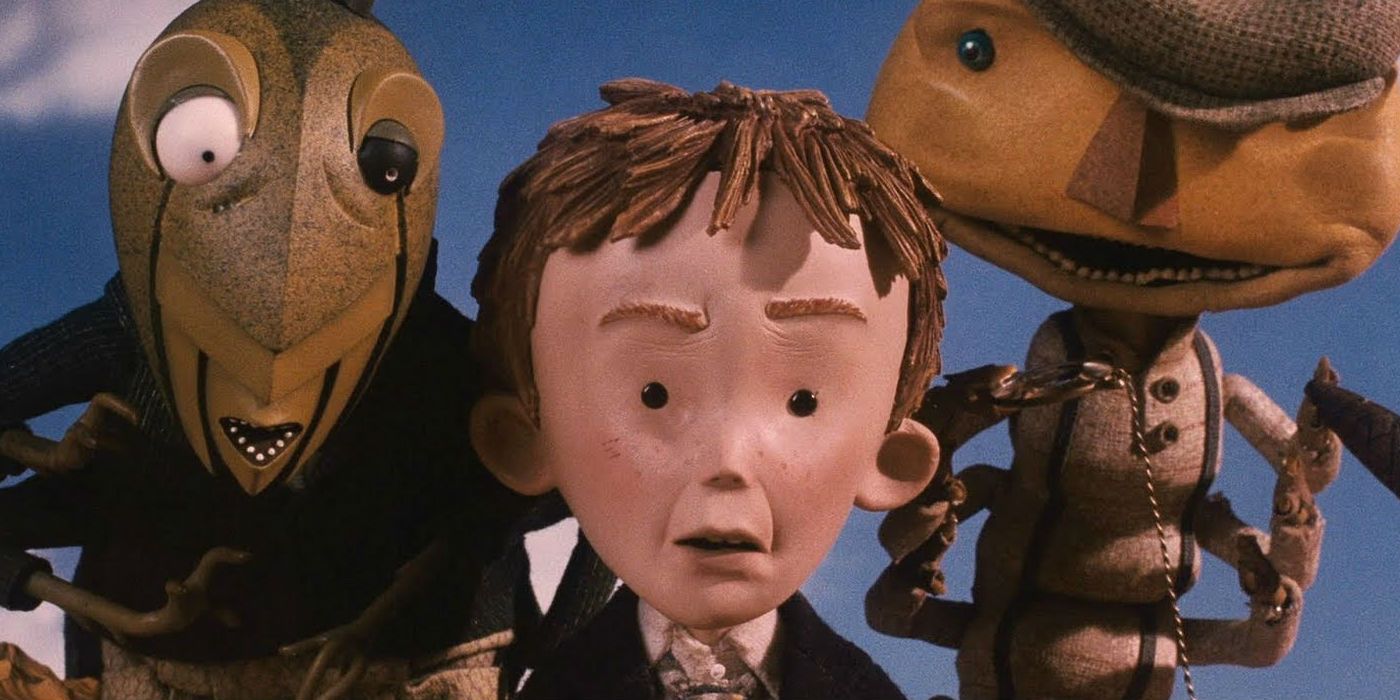
After losing his parents to a rampaging rhinoceros as an infant, James finds himself accidentally growing a mystical oversized peach, leading him to encounter a cast of colorful insects who he befriends inside the pit. James and the Giant Peach would be a great opportunity for Anderson to collaborate with Henry Selick, who worked with him on the stop-motion creation of the adaptation Fantastic Mr. Fox in 2009 and directed the 1996 adaptation of James and the Giant Peach. In order to recreate the barreling, towering fruit, additional graphics would be required, but could allow for a beautiful combination of elements of both animation and live action on-screen, similar to Asteroid City.Related: Wes Anderson’s Filmography Ranked, According To Letterboxd
9 Danny, The Champion Of The World
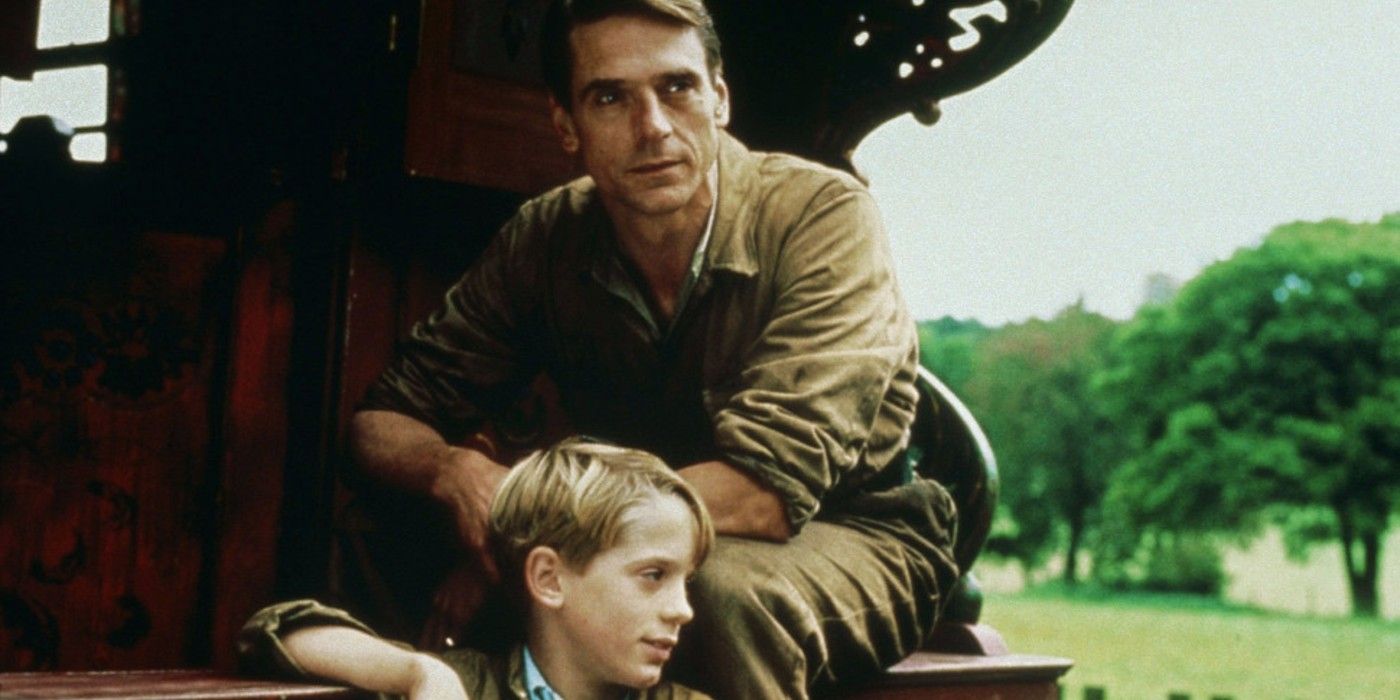
Young Danny and his father live in a picturesque English village, and together delve into an adventure poaching pheasants from local hunter Victor Hazell. The story has already been adapted once in 1989, directed by Gavin Millar, but if Anderson were to do it again, could create an opportunity to use his stylistic cinematography – filled with extended shots of soaring birds across cloudy skies.
Anderson has also been known to use visual esthetics to discuss social class, with characters frequently staring each other out at a distance, not even sharing a frame, in order to represent their differences. A key theme of the story, Danny’s father is caught in a trap meant for humans, showing Hazell’s opinion on the lower classes, comparing them to animals.
8 Esio Trot
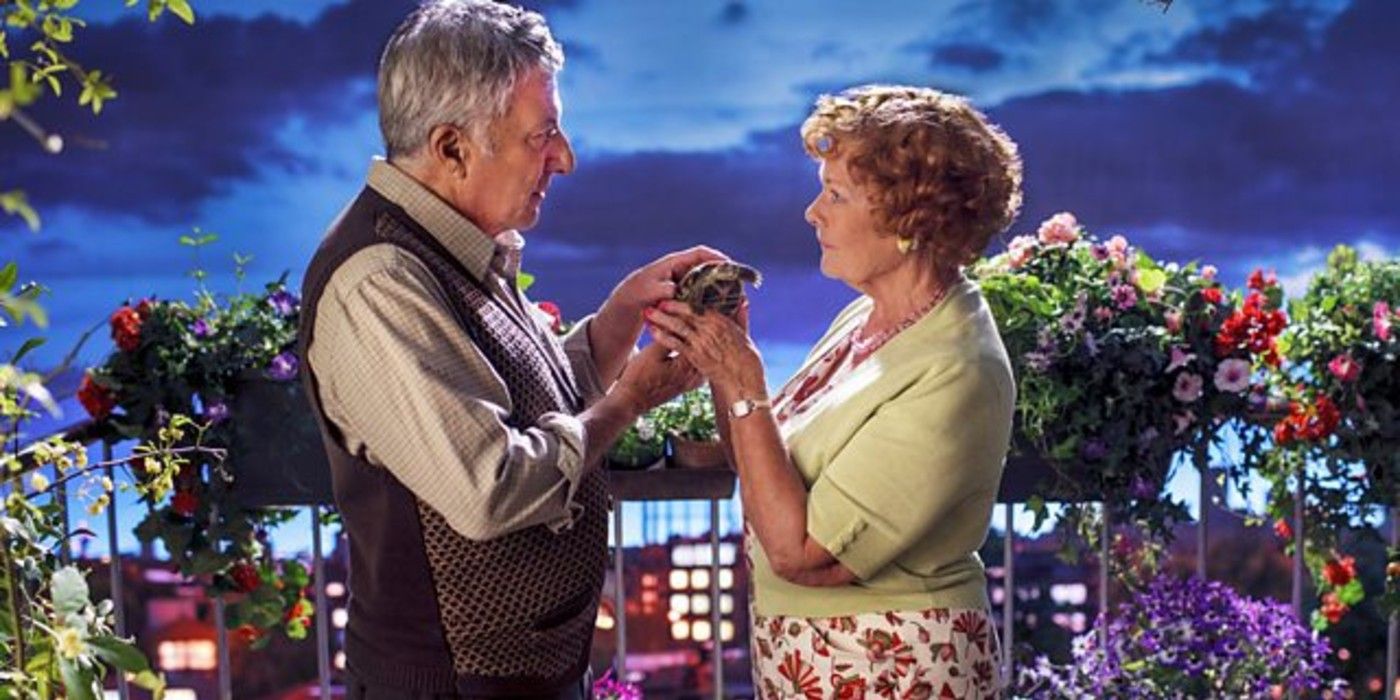
A signature element of Anderson’s narrative style is his use of symmetry. Many of his films use symmetrical opening shots, such as his debut 1996 film Bottle Rocket. Esio Trot follows elderly gentleman Mr. Hoppy and his wholesome feelings for his downstairs neighbor, and uses her love for her tortoise to draw her in. Esio Trot was previously adapted as a television movie, starring Judi Dench and Dustin Hoffman.
Throughout the novel, Mr. Hoppy gently swaps tortoises in and out from her balcony identical to his, using a pulley system to trick her into believing the tortoise is growing. The charming story would offer Anderson the opportunity to use his signature techniques. This scene would be a great opportunity for Anderson to use symmetry once again, as well as prominent colorization, highlighting the animal as it moves up and down the screen. Related: Every Roald Dahl Movie Adaptation Ranked Worst To Best
7 The Witches
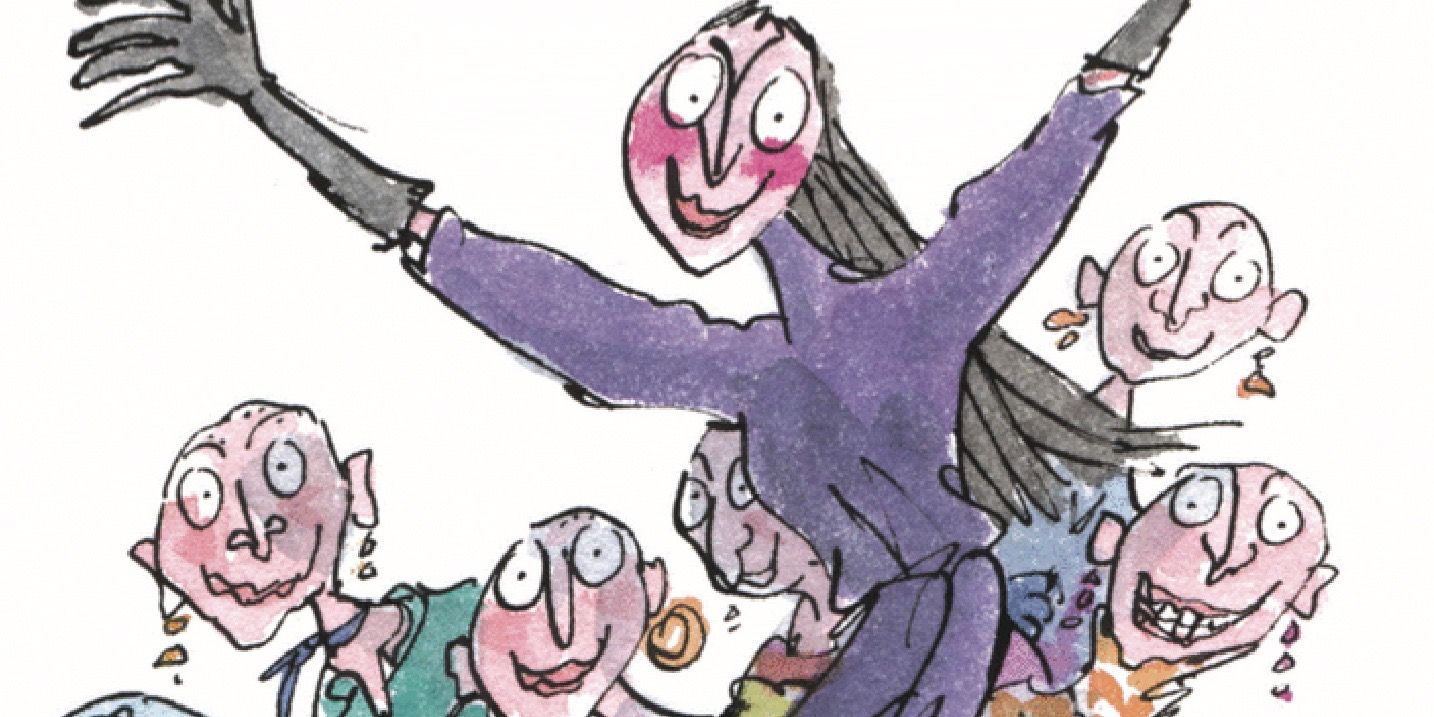
Anderson’s films often take horror elements and add dry humor, providing an almost surreal atmosphere. The 1983 novel The Witches follows a young boy living with his Norweigan grandmother. He learns real-life stories from her about a group of witches, with the appearance of horrific, decrepit demons, seeking out children to kill them.
The Witches has been criticized as too graphic for children’s literature and was one of Dahl’s books that was changed for sensitivity reasons in 2023 due to lines with unsavory descriptions of women. If Anderson were to adapt The Witches, it could be great opportunity to shine a light on the subject, and his sense of humor could provide a great commentary on society’s outlook on women who aren’t considered conventionally attractive.
6 George’s Marvellous Medicine
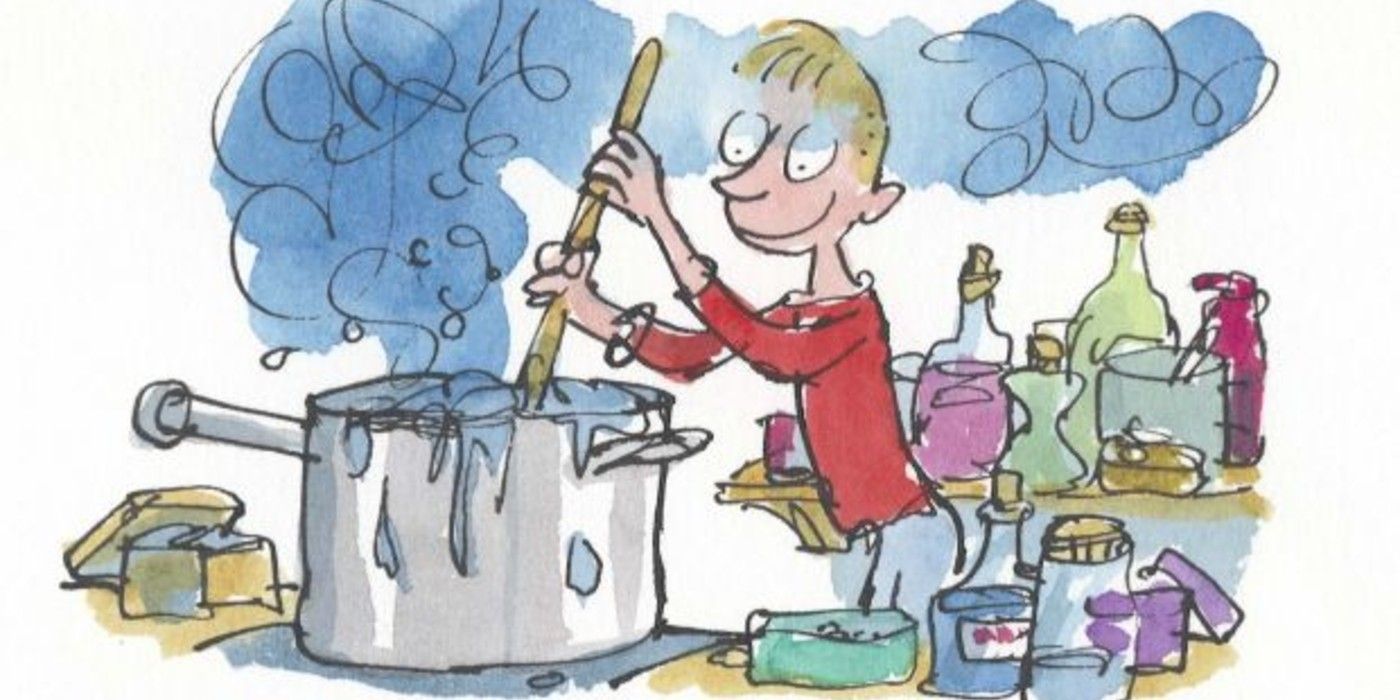
After creating a magical concoction formed of random household items, George accidentally causes his abusive grandmother, and their chickens, to grow to the size of their house. Having created the adaptation of Fantasic Mr. Fox, farmyard animals were created in stop-motion, with a particular emphasis on the contrast of their fur color. A George’s Marvellous Medicine adaptation could be a great opportunity to focus further on on-screen color palettes: George’s concoction, the chickens, and Mr. Kranky’s crane, to name a few.
5 The Landlady
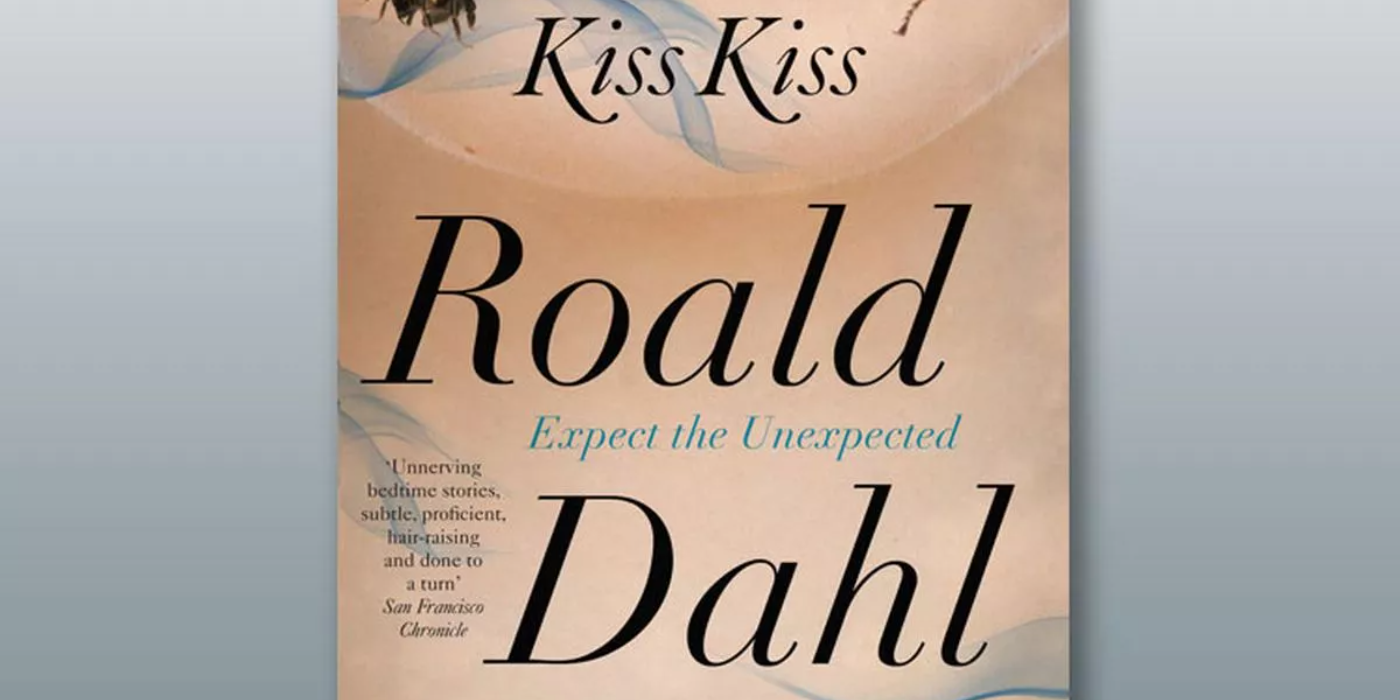
The Landlady is a short horror story written by Dahl as part of the 1960 anthology Kiss Kiss. The story follows a young man named Billy, as he checks into a bare-boned boarding house in Bath, with a murderous host with a fascinating collection of taxidermy. In Anderson’s home of Paris, he is known to frequently visit Deyrolles, a world-renowned taxidermy shop. His interest in taxidermy can also be seen in Fantastic Mr. Fox as the stop-motion stylistics used have a realistic resemblance. Although Anderson’s previous films haven’t prominently featured this fascination of his, it does mean that this seemingly irrelevant gap in his filmography could be filled by The Landlady.
4 The BFG
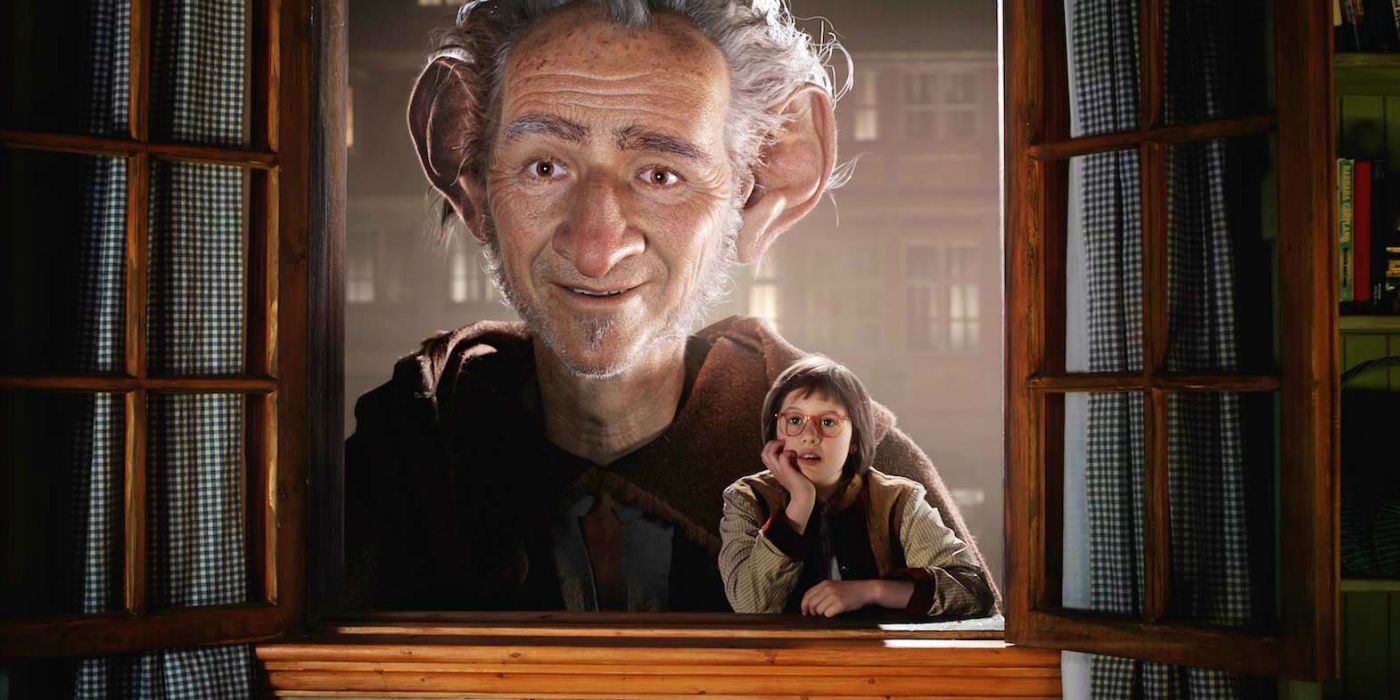
The BFG, known as one of the most impactful stories of Dahl’s career has already been adapted twice: once in 1989 for ITV, and again in 2016 by Stephen Spielberg. The story of The BFG follows orphan Sophie and her friendship with the Big, Friendly Giant. Although a wholesome premise, the theme of the story is based on class, attempting to protect the humans from his fellow giants, whose attitude differs greatly from his. It also heavily features dreams of both giants and humans, which could be another opportunity to present a mix of stop-motion animation and live-action.
3 Genesis And Catastrophe: A True Story
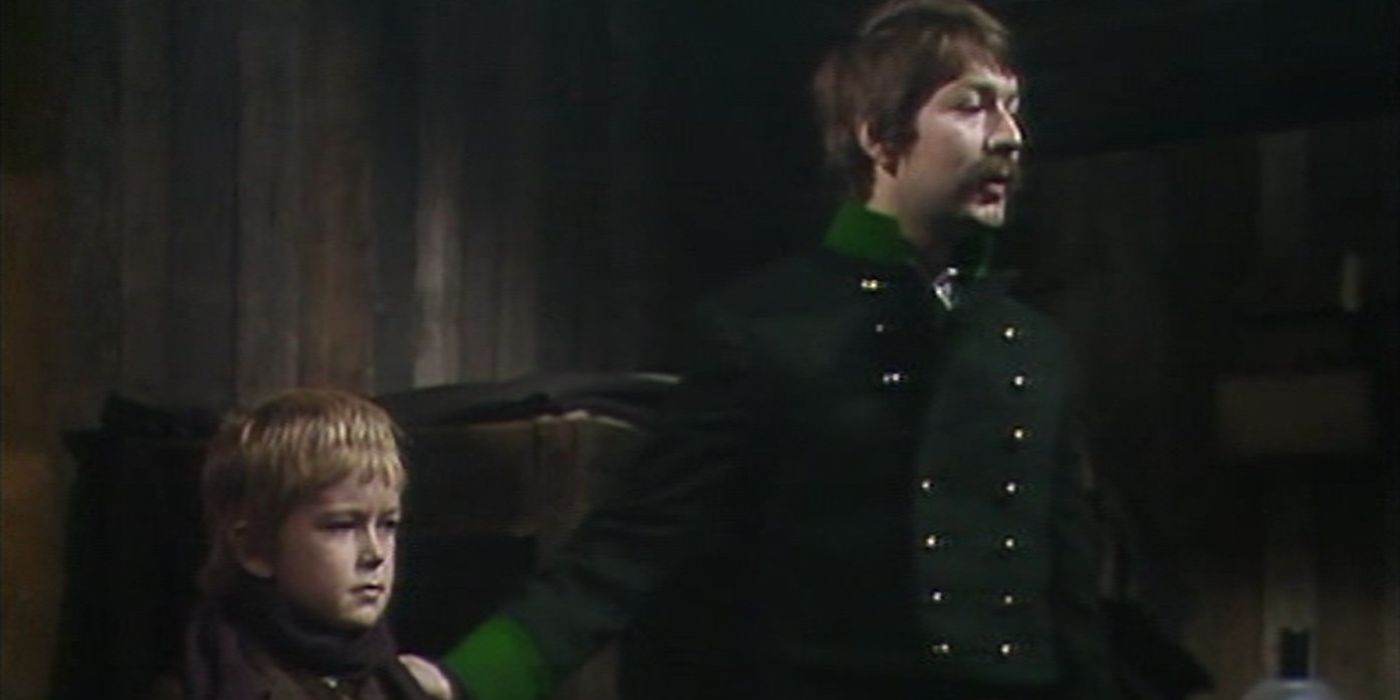
Another from the Kiss Kiss anthology, Genesis and Catastrophe: A True Story, one of Dahl’s darkest stories, follows Austrian mother Klara and her fear over her newborn’s mortality, following the death of her three previous children. The end of the story reveals that her child is, in fact, infant Adolf Hitler. None of Anderson’s films are based on a true story, although The French Dispatch takes inspiration from real events, but Dahl did confirm that the novel was based on real life and meticulously researched. An adaptation of this story could be an opportunity for Anderson to delve into other genres and areas of film, veering from dry comedy into darker themes.
2 The Twits
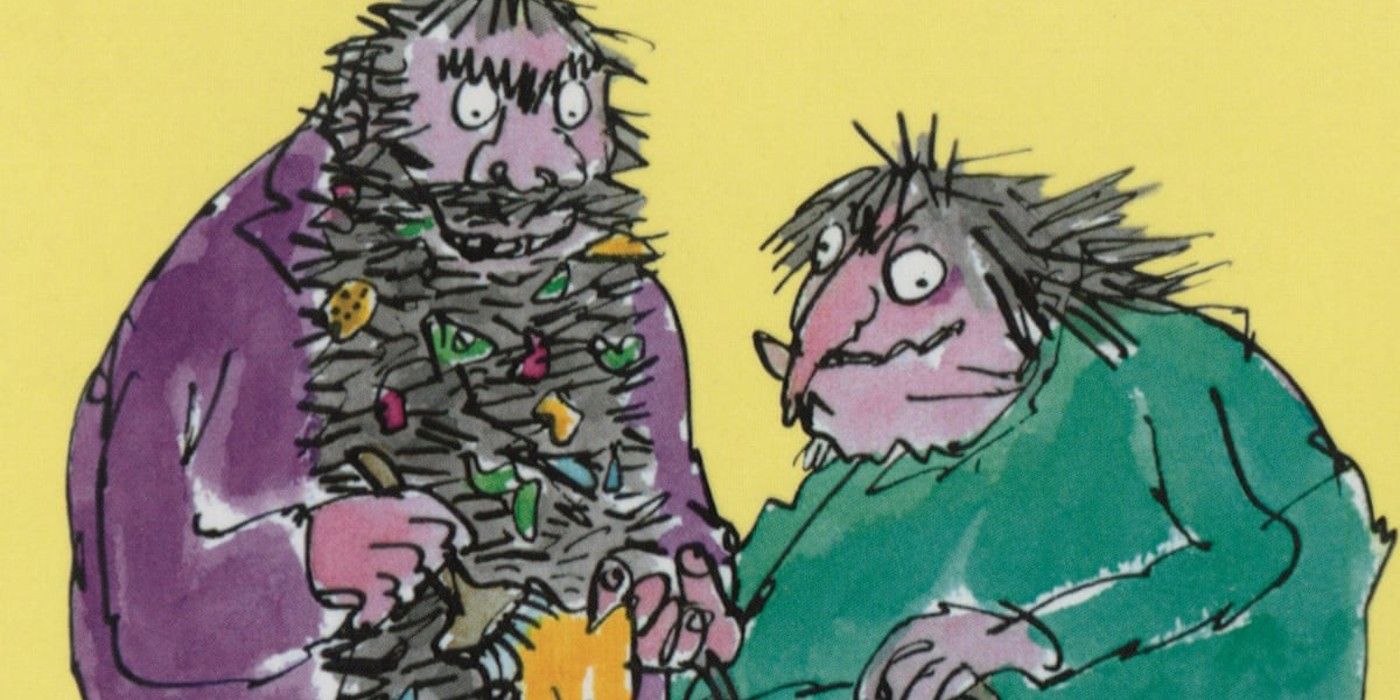
Inspired by Dahl’s hatred of beards, The Twits follows a disturbed couple who abuse the local birds and eventually fall to their revenge on them. A Twits adaptation could be another opportunity for Anderson to show off his cinematography styles, with scenes prominently following birds flying across great stretches of sky and a bombardment of caged-up ex-circus monkeys. Like several other Dahl stories, the protection of animals is a key theme and perhaps another opportunity for Anderson to bring in his interest in taxidermy to the screen.
1 Skin
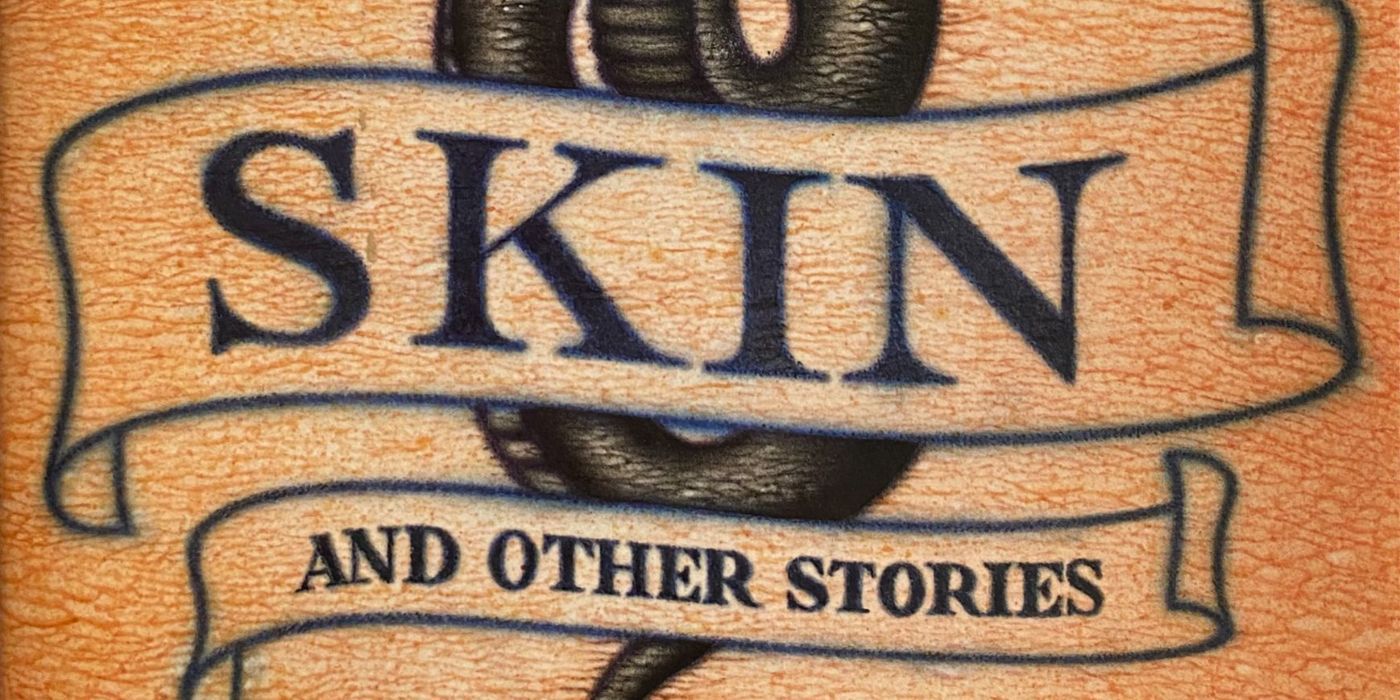
Dripping with an eerie atmosphere, Skin follows an elderly man not far from death, and the tattoo of his wife on his back that sparks an interest in the Parisian art community. Falling on tough times, the man is left conflicted by offers for the removal of his skin for the tattoo, presented with an opportunity that could make his quality of life better, while at the same time fearing he would not survive the removal. The in-depth details of the tattoo would be an interesting color palette for the screen, paired against the rainy and gray backdrop of Paris in the 1950s.
